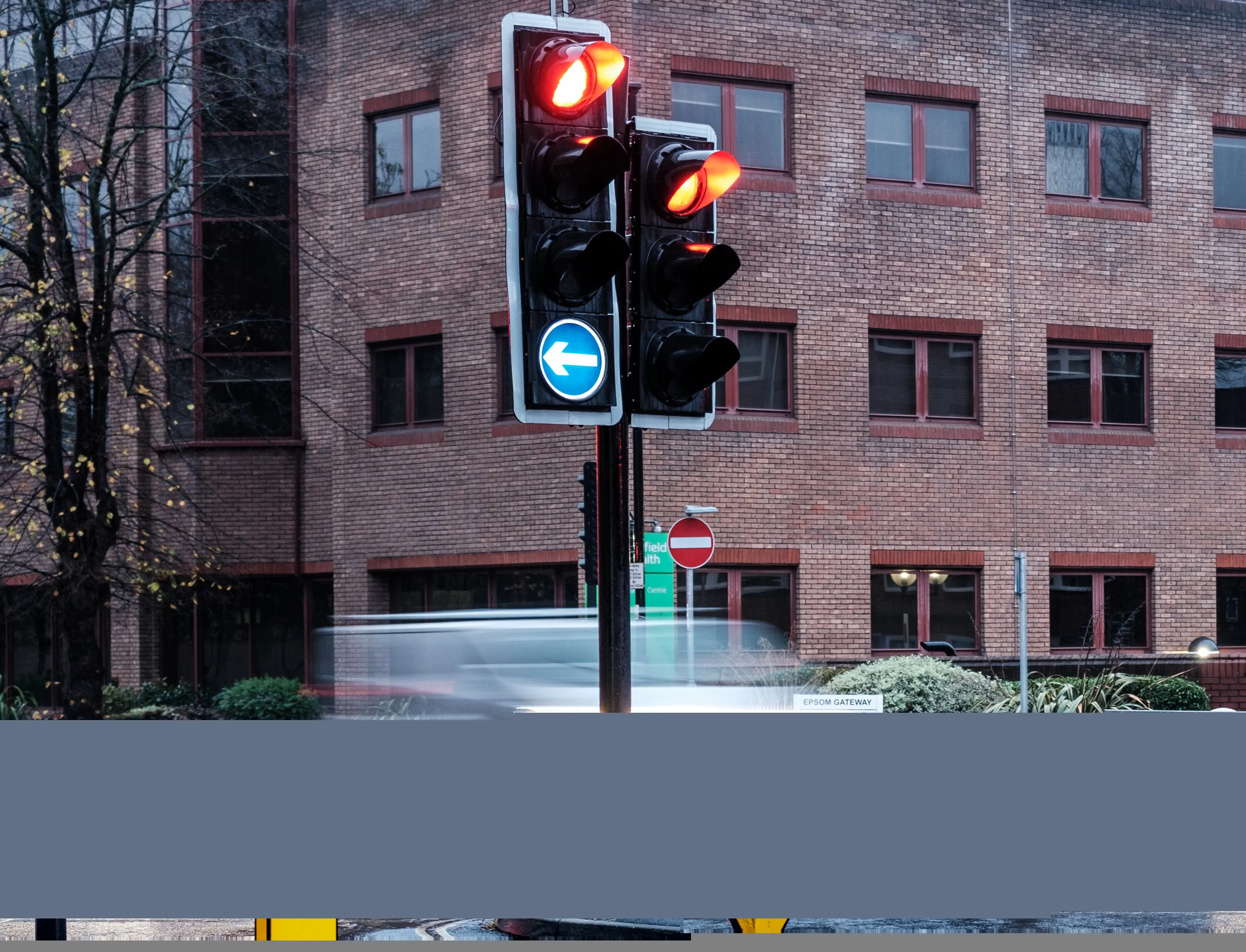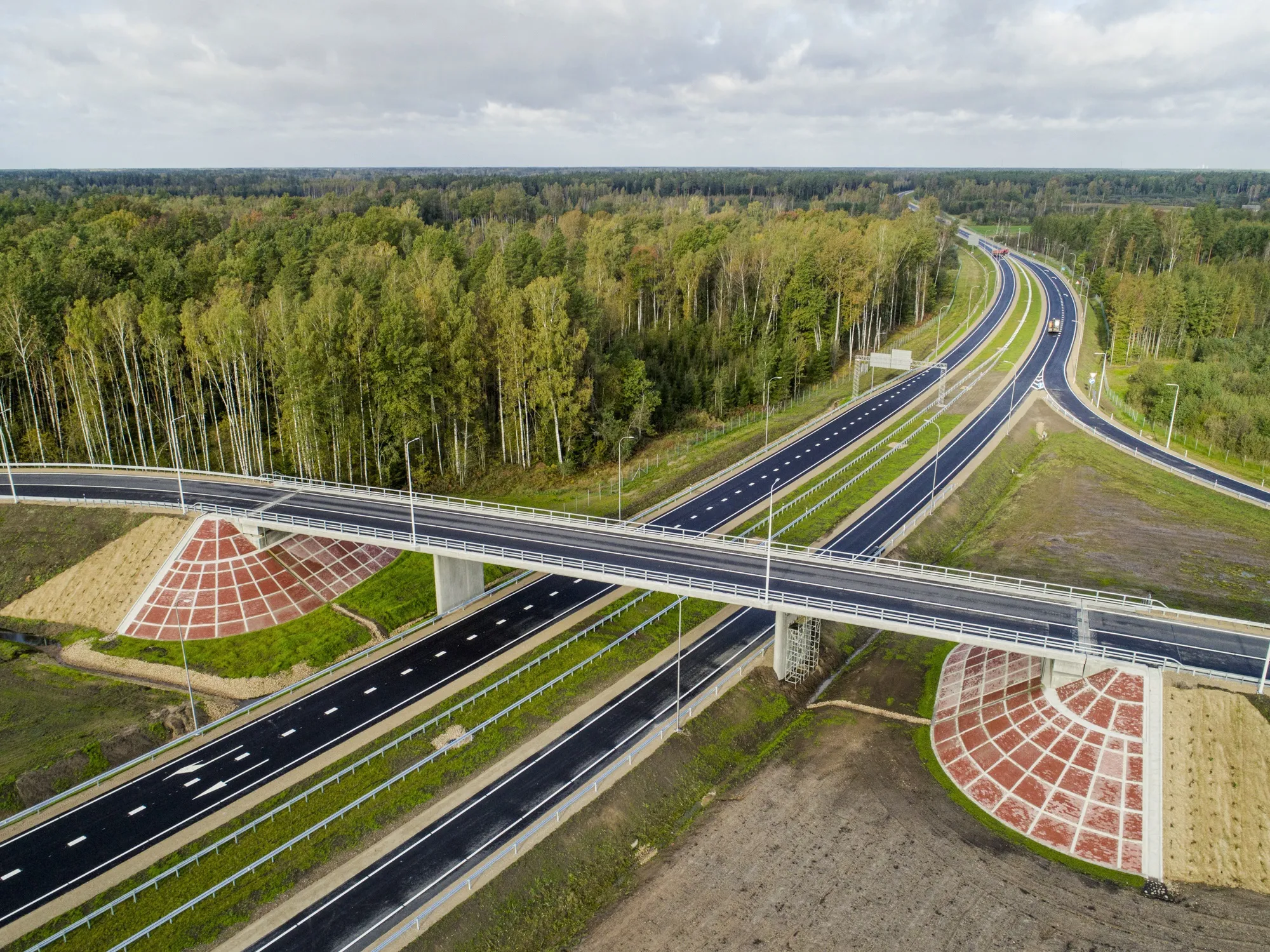Kapsch has opened a branch office in London to represent its CarrierCom and TrafficCom businesses.
The company is a technology supplier to Transport for London’s congestion charging scheme as well as providing Network Rail with GSM-R communications and digital radio communications for the Tyne and Wear Metro. Kapsch TrafficCom is also working with Highways England (and its Dutch equivalent, Rijkswaterstaat) on what it said will be Europe’s most advanced integrated traffic management systems.
With the
November 19, 2015
Read time: 1 min
The company is a technology supplier to
With the opening of the UK office, situated in London’s Paddington Station and initially housing a staff of six, the company is hoping to expand its operations in the UK including its ticketing and intermodal transport control systems. However the company see little current scope for its tolling systems in the UK as the government has said road user charging would only be implemented on new, privately-funded roads.










